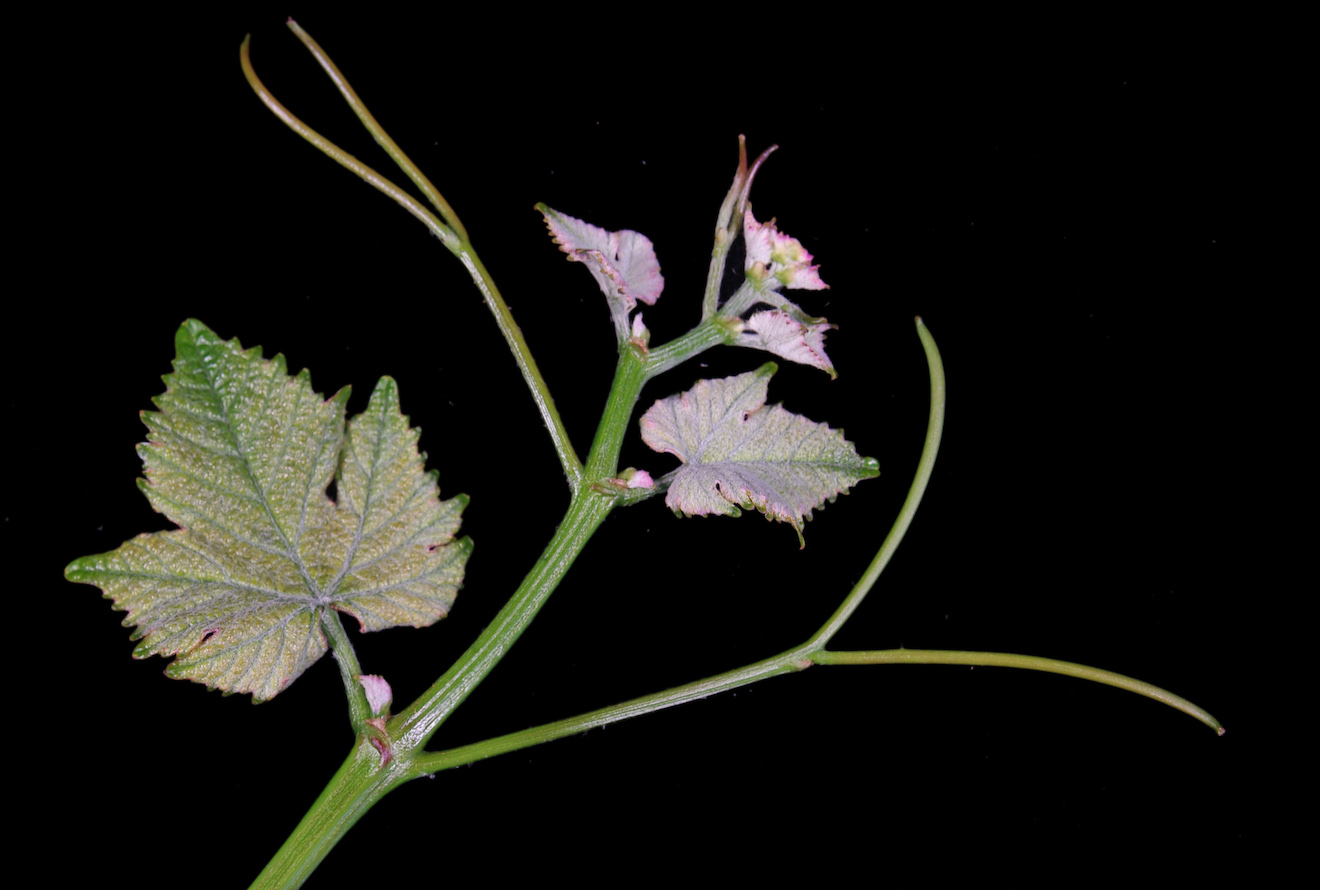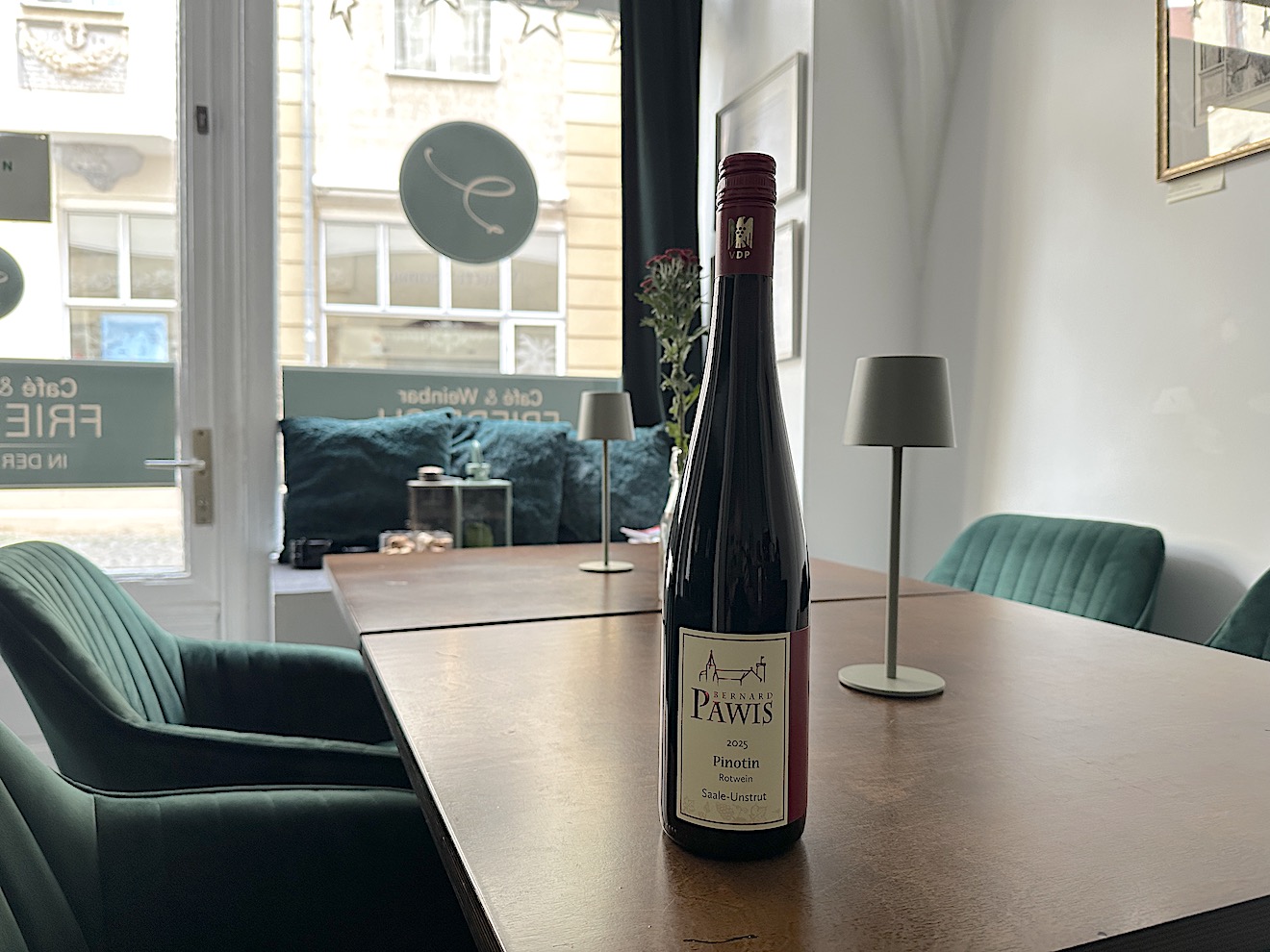
Sauvignon blanc
The name Sauvignon Blanc comes from the French words “savage”, meaning wild, and “blanc”, meaning white. For a long time, Bordeaux was considered the probable place of origin of Sauvignon Blanc. The name was first mentioned in writings from the region around 1710. However, the grape variety is actually much older.
However, it was called something else for centuries. In the French Loire Valley, Sauvignon Blanc was called Fiers and can be traced back to 1534 thanks to “Gargantua and Pantagruel” by François Rabelais. The relationships of Sauvignon Blanc also suggest an origin in the Loire Valley. Sauvignon Blanc is a child of Savagnin (as Traminer is called in France) and therefore a sister vine of Chenin Blanc. Cabernet Sauvignon was then also created through a wonderfully accidental crossing of Sauvignon Blanc with Cabernet Franc. So, this is definitely a grape variety with a lot of power.
Until the 1930s, Sauvignon Blanc, still known as Muscatsylvaner, was represented in Germany. Then, however, it was reviled as the wine of an “enemy” country and outright banned. Wine drinkers were virtually mobilized. For several years, the grape variety was therefore no longer relevant in Germany. In recent decades, however, Sauvignon Blanc has been able to regain more vineyard space thanks to its qualities.



 2025 Pinotin Winery Pawis
2025 Pinotin Winery Pawis